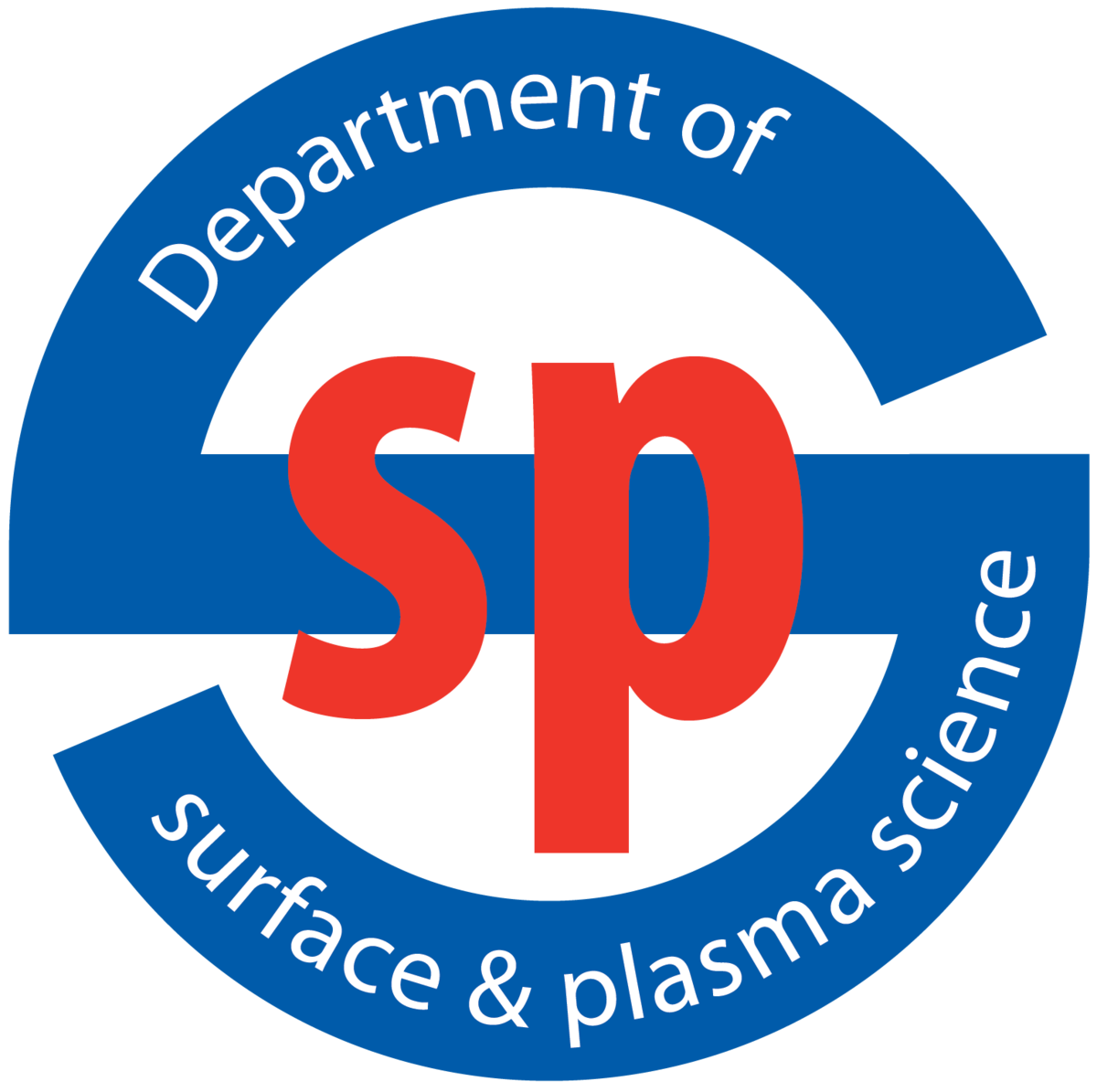Model description
Methods
The model is based on machine learning. The IDLmlSupportVectorMachineClassification (SVM) is used for data processing, and IDLmlFeedForwardNeuralNetwork (FFNN) is used for model creation.
Data
Only MAVEN-measured data were used in this model. Every data point is classified as one of the three regions (solar wind, magnetosheath, or magnetosphere) according to simple conditions (see Němec et al. 2020). The unclassified data points are subsequently classified using the SVM. For every half-orbit, the bow shock is located where solar wind changes into magnetosheath, and the magnetic pile-up is located where magnetosheath changes into magnetosphere. These individual crossings of the boundaries are used as training data for this NN model. Driving parameters are Psw, F, Bsurf, M for bow shock and Psw, F, Bsurf, |B|sw for magnetic pile-up.
Model
The FFNN model predicts the radial distance of the boundaries with their respective parameters for a given angle Θ. The FFNN structure consists of two hidden layers, each with eight neurons. The three activation functions are IDLmlaftanh.
